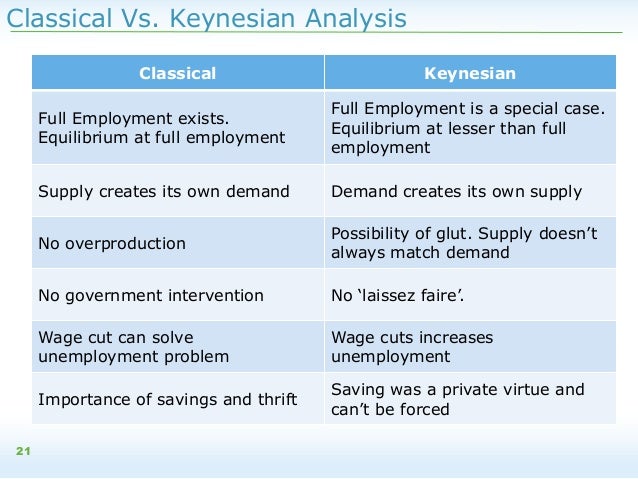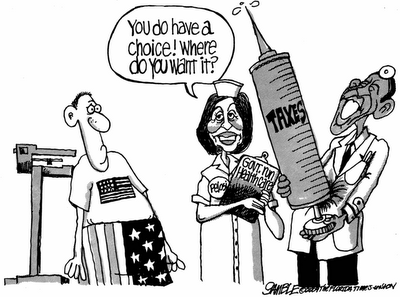
Thursday, March 9, 2017
Fiscal Policy
Fiscal policy
3-6-17
Fiscal policy: Congress action to control government changes in the expenditures or tax revenues of federal government
2 tools of fiscal policy
- Taxes - government can increase or decrease taxes
- Spending - government can increase or decrease spending
Fiscal policy was enacted to promote our nation's economic goals: full employment, price stability, economic growth
Deficits, surpluses, budgets
- Balanced budget: revenues = expenditures
- Budget deficit: revenue < expenditures
- Budget surplus: revenues > expenditures
Government debt: sum of all deficits - sum of all surpluses
Government borrows money from:
- Individuals
- Corporations
- financial institutions
- foreign entities or governments
Options of fiscal policy
- Discretionary fiscal policy (think deficit)
- Contractionary fiscal policy (think Surplus)
- non-discretionary fiscal policy (no action)
Three types of taxes
- Progressive taxes are taxes that take larger percent of income from high-income groups
- Proportional taxes or flat rates take some percent of income from all income groups
- Regressive taxes text larger percent from low-income groups
Contractionary fiscal policy (the brake)
- Laws that reduce inflation, decrease GDP (close inflation gap)
- Government spending decrease
- tax increase
- Combination of the two


Expansionary fiscal policy (the gas)
- Laws that reduce unemployment and increase GDP (close recession gap)
- Increase government spending
- decrease taxes
Automatic / built-in stabilizers
- Anything that increases government budget deficit during a recession and increases its budget surplus during inflation without requiring explicit action by policy makers
Multipliers
Multipliers
2-24-17
The spending multiplier effect: An initial change in spending (C, Ig, G, Xn) causes larger change in AS or AD
- Formula for multiplier: change in AD/ change in spending OR change in AD/ change in C, Ig, G, or Xn
- This happens because expenditures and income flow continuously which sets off a spending increase in economy
Calculating spending multiplier
- Formula: 1/ 1- MPC OR 1/MPS
Calculating tax multiplier
- When government taxes, the multiplier works in reverse because now money is leaving circular flow
- Tax multiplier formula: -MPC/1-MPS OR -MPC/MPS
- If tax is cut, multiplier is positive because now more money in circular flow
Consumption and Saving
Consumption and Saving
2-23-17
Disposable Income (DI) - income after taxes or net income
- DI= gross income - taxes
With DI Households can either
- Consume
- Save
Consumption:
- Household spending
- Ability to consume is constrained by:
- Amount of DI
- Propensity to save
- Households consume if DI = 0, because of credit cards and checks (autonomous consumption). This is Dissaving.
- APC (average propensity to save) = C/DI (% DI that is spent)
Savings:
- Household not spending
- Saving is constrained by:
- Amount of DI
- Propensity to consume
- Households do not save when DI = 0
- APS (average propensity to save) = S/DI (% DI not spent)
Formulas
- APC + APS = 1
- 1 - APC = APS
- 1 - APS = APC
APC > 1 = Dis-saving
-APS = Dis-saving
MPC and MPS
- Marginal propensity to consume
- Change in C / change in DI
- % of every extra dollar earned that is spent
- Marginal propensity to save
- Change in S / Change in DI
- % of every extra dollar earned that is saved
**DI = disposable income, C = consumption**
Formulas
- MPC + MPS = 1
- 1 - MPC = MPS
- 1 - MPS = MPC
Determinants of consumption and savings
- Wealth
- Expectations
- Household Debt
- Taxes
Aggregate Supply
Aggregate Supply
2-21-17
Aggregate Supply: Level of real GDP firms will produce at each price level.
Long and Short Run
- Long run: Period of time where input prices are completely flexible and adjust to changes in price level
- Level of real GDP supplied is independent of price level
- Short run: Period of time where input prices are sticky and do not adjust to changes in the price level.
- Level of real GDP supplied is directly related to the price level
Long Run Aggregate Supply (LRAS)
- The long run aggregate supply marks the level of full employment in the economy (analogous to PPC)
Short Run Aggregate Supply (SRAS)
- Because input prices are sticky in the short run, SRAS is upward sloping.
- Key to shifts in SRAS is per unit cost of production
- Per-unit production cost: total input cost/ total output
- Changes in SRAS:
- Input Prices
- Productivity
- Legal-Institutional environment

Interest Rates and Investment Demand
Interest Rates and Investment Demand
2-21-17
Investment: What we want to spend $ on
- Money spent on:
- New Plants (factories)
- Capital equipment (machinery)
- Technology (hardware / software)
- New homes
- Inventories (goods sold by producers)
Expected Rates of Return
- Business makes investment sections with cost/benefit analysis.
- Business determine the benefits with expected rate of return
- Business counts the cost with interest costs.
- Business determines amount of investment they undertake by:
- Comparing expected rate of return to interest cost.
- If expected return is > interest cost, then invest
- If <, don't invest
Real (r%) and Nominal (i%)
- Formula : r% = i% - Inflation
- Nominal is observable rate of interest. Reseal subtracts out inflation and is ex post facto.
- Real interest rate determines cost of investment decision
- Investment Demand Curve (ID) is downward sloping
- Shifts in ID
- Cost of production
- Technology change
- Business taxes
- Stock of capital
- Expectations
Aggregate Demand
Aggregate Demand
2-16-17
Aggregate Demand: Demand by consumers, businesses, govt, and foreign countries.
- Changes in price level cause a move along curve not a shift.
- AD = C + IG + G + Xn
*inverse relationship between price level and real GDP.*
Why is AD downward slipping?
- Wealth Effect
- higher price reduce purchasing power of $
- decreased quantity of expenditures
- Lower price levels increase purchasing power and increase expenditures.
- Interest rate Effect
- As price level rises, lenders need to charge higher interest rates to get real return of rates
- Foreign Trade Effect
- When U.S price level increases, foreign buyers buy less U.S goods, Americans buy more foreign.
- Exports fall, imports rise real GDP demanded to fall.
4 Determinants of AD
- Consumption
- Gross Private Domestic Investment
- Government Spending
- Net Exports (Exports-Imports)
- AD increase shift →
- AD decrease shift ←
- More govt spending AD →
- Less govt spending AD ←
- AD = GDP = C+Ig+G+Xn
Subscribe to:
Comments (Atom)